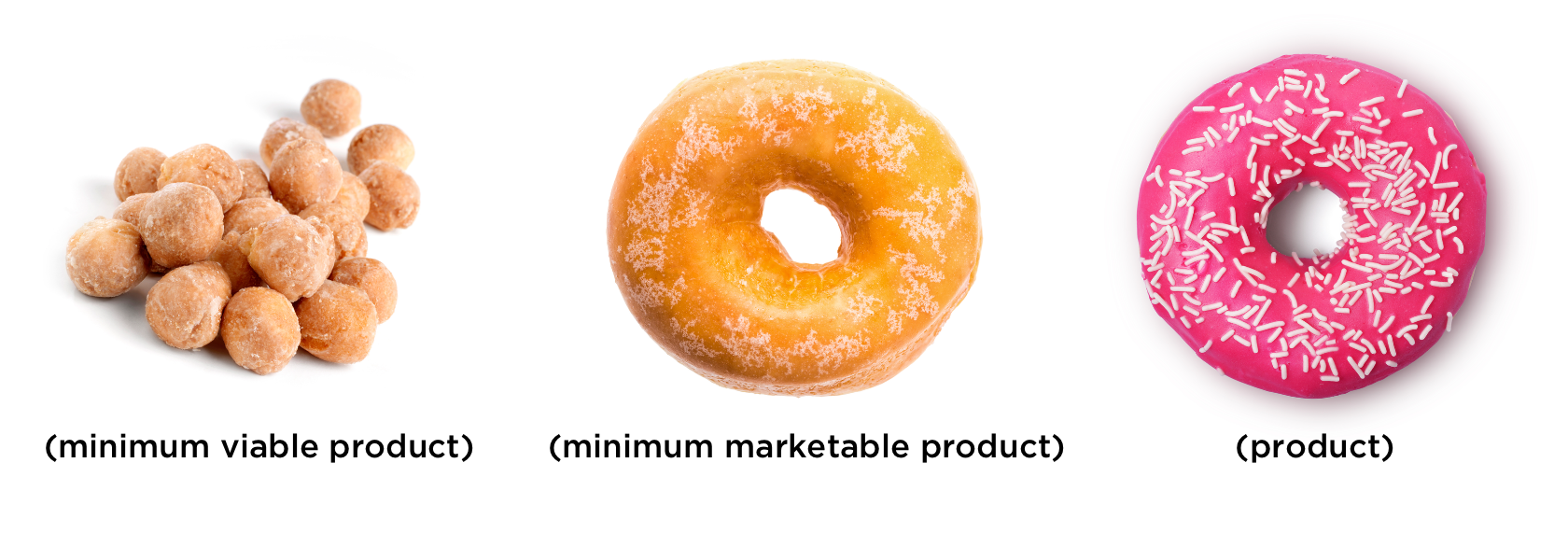Start with the Hypothesis, Not the MVP
Often when we think about an MVP, we think about a barebones version of our product that we can use to validate any hypothesis that we can dream up. But,…
Your Product Is Not Your Business
At some point, every good Product Manager falls in love with their product. And after all, to truly realize your product’s full potential you often have to be its biggest…
Spotting the Dark Matter Tasks on Your Team
This post originally appeared on the PivotalTracker blog. Ever get the feeling that your team is working on more than what’s actually in their backlog? Even with the best-laid plans, there…
Using an MMP to Discover the Best Solution for Your Problem
Today, there’s no shortage of discussion about the need for Minumum Viable Products, or MVPs. However, where MVPs might fit in your own product development process is often unclear. Remember…
How to Handle Stories That Aren't Completed in a Single Sprint
One of the most common questions new Scrum teams face is how to handle stories that were not completed in one Sprint and must be rolled into the next Sprint….
MVPs Don't Validate the Product, They Validate the Need
Today, everyone is talking about Minimum Viable Products, or MVPs. Startups are planning their first MVP to bring to market. Established organizations are deciding when the MVP of a new…
Creating Great Sprint Goals
This post originally appeared on the PivotalTracker blog. Let’s try an experiment. Open your Sprint Backlog and take a look at the stories that are slated for your current Sprint. Do…
Agile Does NOT Make You Go Faster
Today there’s no shortage of organizations undertaking an agile transformation. However, when you ask many of those organization’s leaders why they are pursuing an agile transformation in the first place,…
Prioritizing Across the Themes in Your Product
This post originally appeared on the PivotalTracker blog. Prioritizing a single set of work for your team can be hard; prioritizing work across multiple sets of work can be nearly impossible….
How Many Teams Can A Scrum Master Work With?
As someone who spends a majority of his time working with Scrum teams and Scrum Masters, one of the most common questions that I’m asked is “how many teams can…












